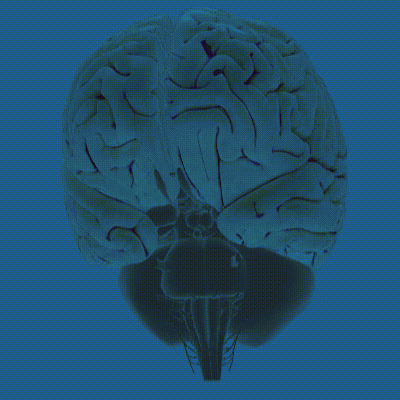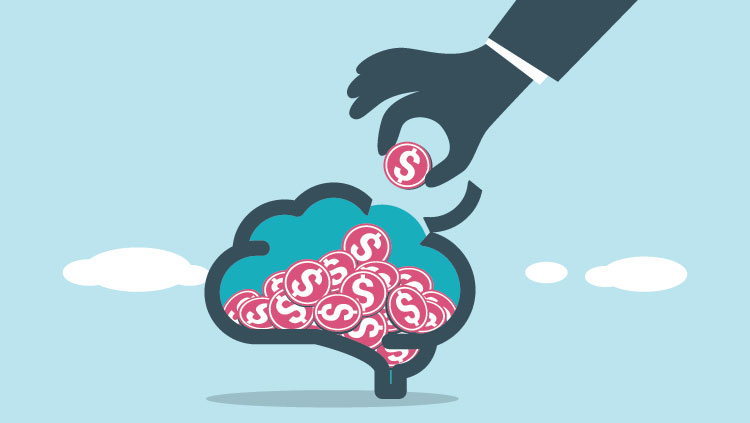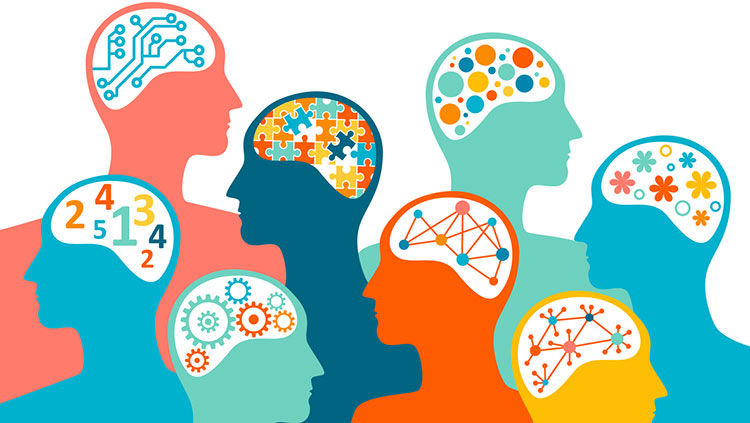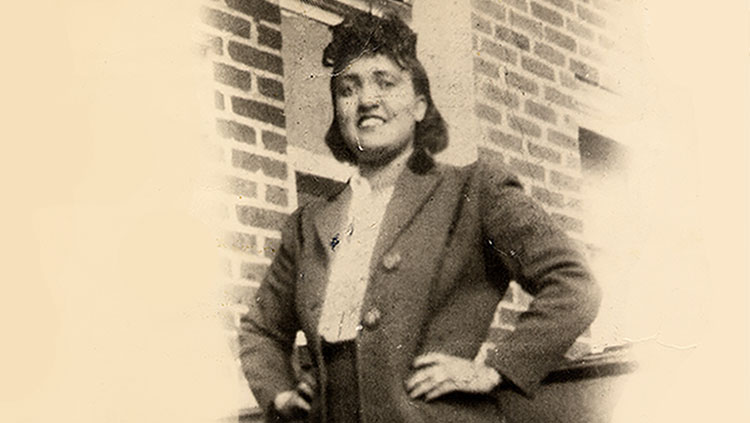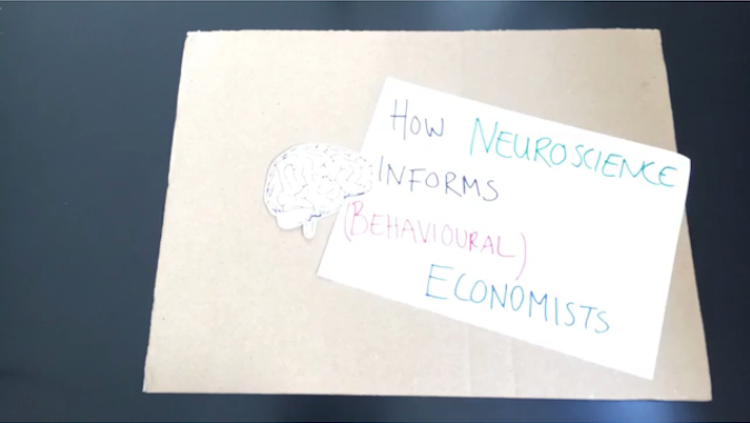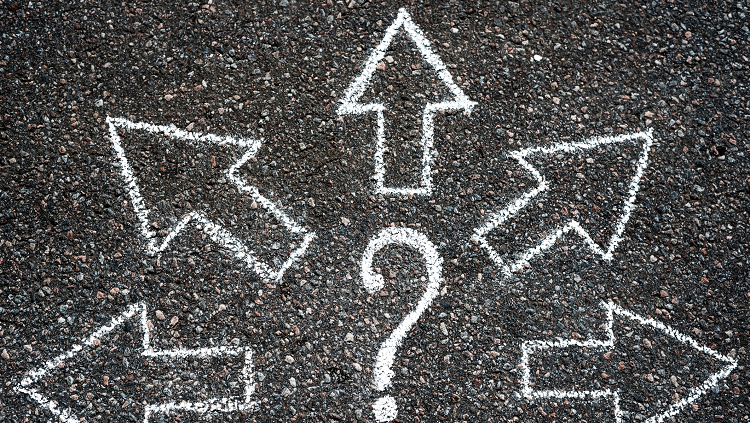Why Do People Give? That Is the Billion-Dollar Question
- Published27 Nov 2018
- Reviewed27 Nov 2018
- Author Elisa Shoenberger
- Source BrainFacts/SfN
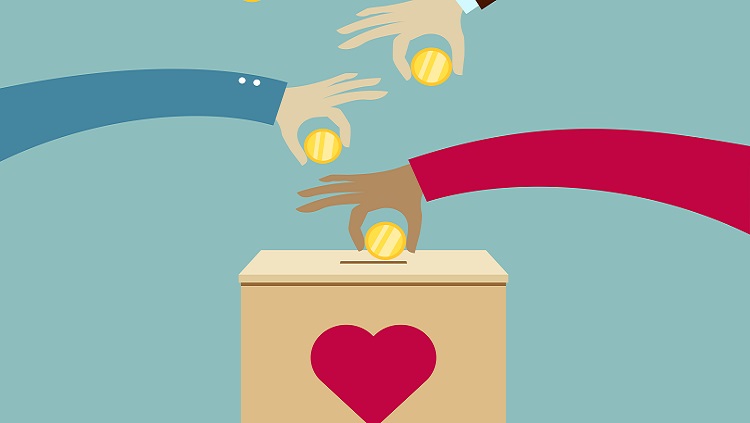
Every day, we are flooded with prompts to give via mailers and social media birthday fundraisers. And it’s working.
But why?
“As a neuroscientist, I go straight to the brain to figure out what differs between people who are generous and those that are very selfish,” says Anita Tusche, assistant professor of neuroeconomics at Queen’s University in Ontario, Canada. Tusche has been studying altruism and the structure of the brain for several years, searching for the specific brain regions and structures that might be driving actions of selflessness.
In the study on the brain and donation behavior, Tusche’s team monitored participants’ brain activity while they were in an fMRI and were asked to choose to give up to €50 to one of 60 different charities after watching short videos about the charities’ mission. They were told that one charity would be randomly selected for a donation and they could keep the rest. Then when they were taken out of the fMRI machine, they were asked to complete a questionnaire to evaluate their levels of empathy and ability to see themselves in people’s videos.
From the fMRI data, Tusche could see which regions of the brain were active when people were asked to make charitable decisions. Tusche says, “The nice thing is we can see different regions of the brain correspond to these different kinds of the components to get us to be more pro-social or prevent us from being selfish.”
Tusche’s team found that two particular brain regions were more active when people gave to others versus giving to themselves: the anterior insula — part of the insula cortex, located deep in the cerebral cortex, that has a role in emotional processing, and memory, and the temporoparietal junction, located at the intersection of the parietal and the temporal lobe that has a role in attention and social cognition. Activation in these two brain regions proved to Tusche’s team that they found the home of the processes that help us be more generous — namely the ability to take other people’s perspectives.
Those emotions that make us feel for one another are in our blood.
Oxytocin, the hormone and neuropeptide that helps us bond with our mothers at birth, can also spur us to give. “We are social creatures,” explains Paul Zak, a professor of economic sciences, management, and psychology at Claremont Graduate University. “We are extraordinarily attuned to social information.” Paul Zak has been studying philanthropy and the brain for the past few decades, investigating why people help others outside of their own social network.
In a study from 2007, Zak and his team found oxytocin makes people more generous. The researchers gave a group of men an intranasal infusion of either oxytocin or a placebo, and then asked them to divvy up $10 between themselves and an anonymous study participant. If the recipient felt it wasn’t a fair split, both would walk away emptyhanded. The men who received oxytocin chose to share more of the prize compared to those who got a placebo.
When we give money or volunteer our time, Zak says, it’s an opportunity for our brains to make oxytocin and that makes us more empathetic to the people around us — a survival trait that remains from our human evolution. “About 200,000 years ago there was a mutation in which humans appeared to have developed many more receptors for oxytocin and we became much more aware of social cues,” he says. “Because of this, humans have learned how to sustain themselves in communities by investing in generosity toward others” proving the age-old motto that sharing is not only caring but supports survival of our species.
As brain research in altruism continues to surface new understandings about why we give, Zak says there are some things scientist already know about giving today: “It’s good for your brain, good for your health, and good for your psychology.”
CONTENT PROVIDED BY
BrainFacts/SfN
References
Böckler A., Tusche A., Schmidt P., & Singer T. (2018). Distinct mental trainings differentially affect altruistically motivated, norm motivated, and self-reported prosocial behaviour. Scientific Reports, 8(1). https://doi.org/10.1038/s41598-018-31813-8
Bukowski H., & Lamm C. (2017). Temporoparietal Junction. In V. Zeigler-Hill & T. K. Shackelford (Eds.), Encyclopedia of Personality and Individual Differences (pp. 1–5). New
York, NY: Springer. doi:10.1007/978-3-319-28099-8_863-1
Giving USA. (2018). Giving USA 2018: Americans Given $410.02 Billion to Charity in 2017, Crossing the $400 Billion Mark for the First Time. Giving USA website. Accessed September 18, 2018. https://givingusa.org/giving-usa-2018-americans-gave-410-02-billion-to-charity-in-2017-crossing-the-400-billion-mark-for-the-first-time/
Jankowski M., Bissonauth V., Gao L., Gangal M., Wang D., Danalache B., Cloutier G., Blaise G., & Gutkowska, J. (2010). Anti-inflammatory effect of oxytocin in rat myocardial infarction. Basic research in cardiology, 105(2), 205-218. doi: 10.1007/s00395-009-0076-5
O’Neil M. (2018). Facebook’s New Birthday Fundraising Tool Helped Nonprofits Raise $300 Million in a Year. The Chronicles of Philanthropy. Accessed October 19, 2018. https://www.philanthropy.com/article/Facebook-s-Birthday/244275
Segedin A. & Hrywna M. (2017). #GivingTuesday Hits Record $274 Million, The NonProfit Times. Accessed October 18, 2018. http://www.thenonprofittimes.com/news-articles/givingtuesday-hits-record-274-million/
The European Research Network on Philanthropy. (2017). Giving in Europe reports available. Accessed October 18, 2018. http://ernop.eu/giving-in-europe-launched-at-spring-of-philanthropy/
Tusche A., Böckler A., Kanske P., Trautwein F-M., & Singer T. (2016). Decoding the Charitable Brain: Empathy, Perspective Taking, and Attention Shifts Differentially Predict Altruistic Giving. The Journal of Neuroscience, 36(17) 4719-4732. doi: 10.1523/JNEUROSCI.3392-15.2016
Zak P. J., Stanton A. A., & Ahmadi S. (2007) Oxytocin Increases Generosity in Humans. PLOS ONE 2(11): e1128. https://doi.org/10.1371/journal.pone.0001128
Zak P. J., Kurzband R., & Matzner W. T. (2005). Oxytocin is associated with human trustworthiness. Hormones and Behavior, 48(5) 522-527. doi:10.1016/j.yhbeh.2005.07.009
Zak P. J., Kurzban R., Ahmadi S., Swerdloff R. S., Park J., et al. (2009). Testosterone Administration Decreases Generosity in the Ultimatum Game. PLOS ONE 4(12): e8330. https://doi.org/10.1371/journal.pone.0008330
Also In Law, Economics & Ethics
Trending
Popular articles on BrainFacts.org


